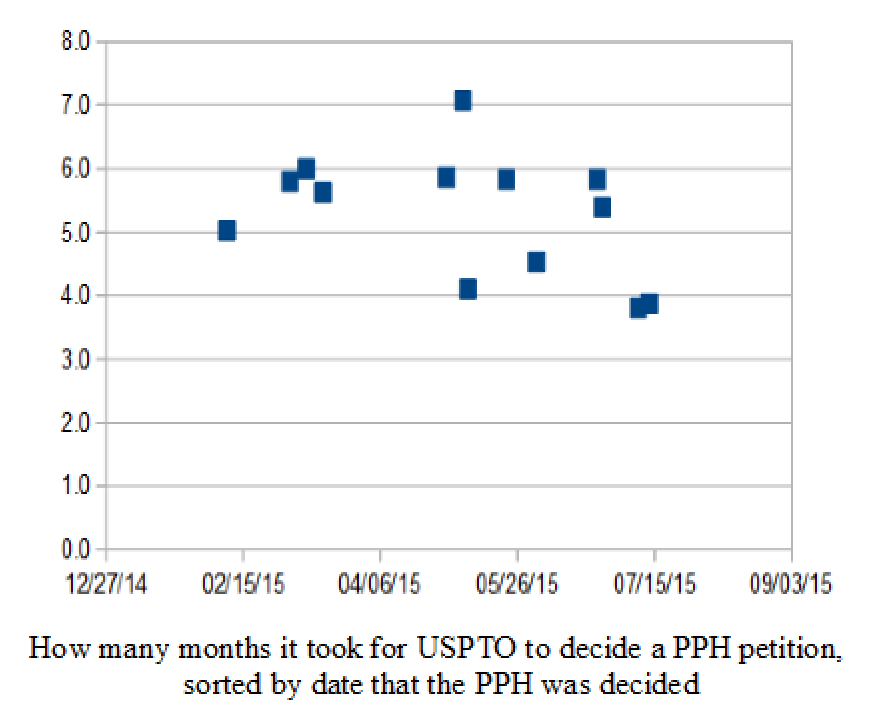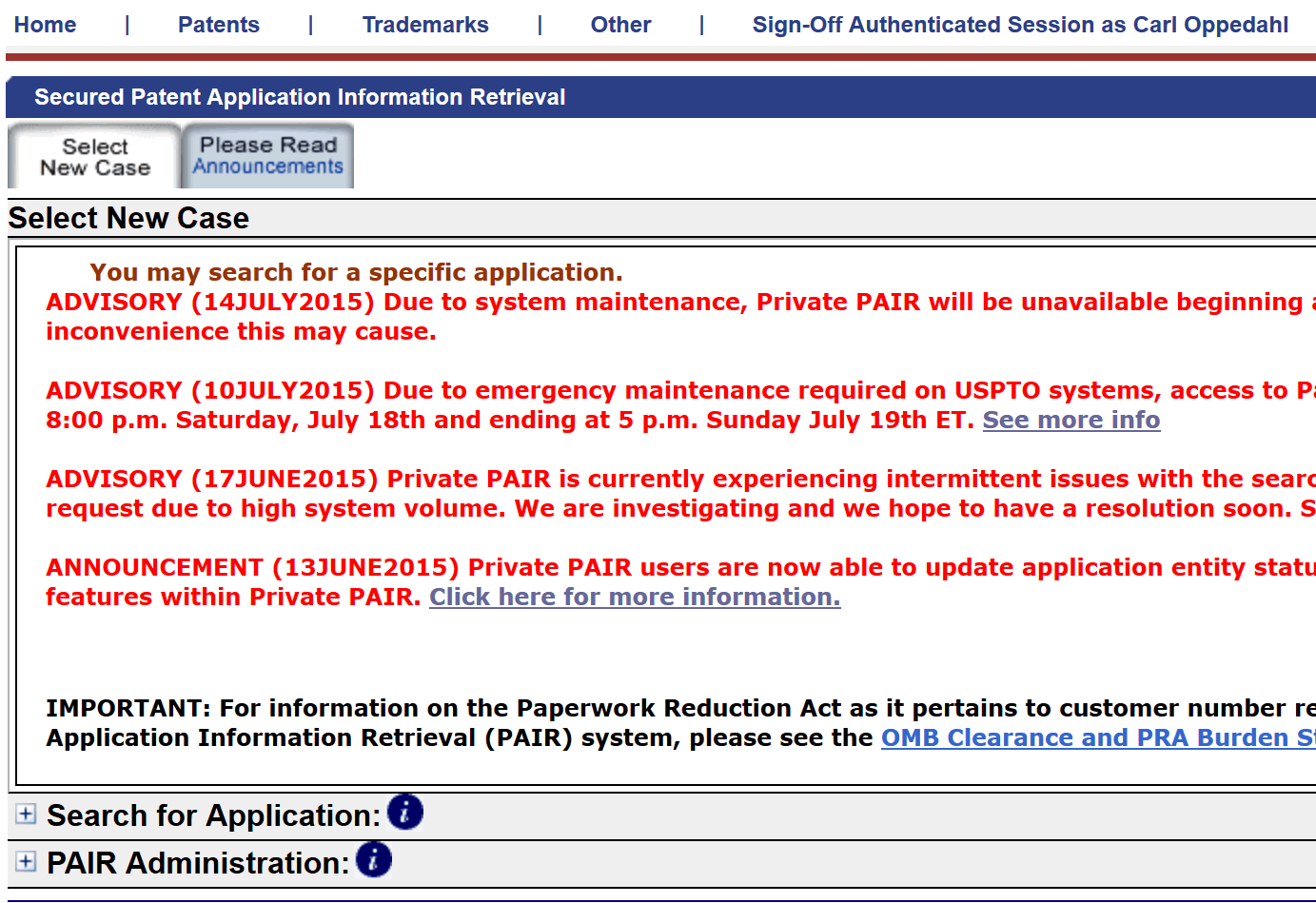A member of the EFS-Web listserv, an email discussion group for patent practitioners, posed this question:
We filed a US continuation application claiming priority to a PCT application filed in the EP receiving office. (The PCT application had no priority claim.) We filed the application by the 12-month convention deadline at the client’s request.
I do not think we need to provide a certified copy of the PCT, but can anyone confirm?
The question as presented turns out to be easy to answer — no, if you don’t want to provide a certified copy, you could avoid having to do so. But it would be at the cost of a year of patent term. The real question is “how may I avoid flushing a year of patent term down the drain?” Continue reading “Maximizing patent term (was “certified copy needed?”)”




